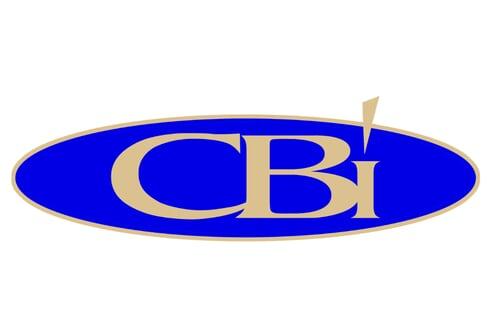Using Nitrogen or Compressed Air
Dental systems often rely on compressed air or nitrogen to power various tools and devices. Here's an overview of how these gases are utilized in a dental practice:
1. Compressed Air in Dental Systems
- Powering Dental Handpieces: Compressed air is used to power high-speed and low-speed dental handpieces (drills, polishers, etc.). When the dentist activates the handpiece, air is released into the turbine inside the tool, spinning it at high speeds, allowing for effective drilling or polishing.
- Air/Water Syringes: These syringes, commonly used during dental procedures, use compressed air to spray water, air, or a mist combination for rinsing and drying the treatment area.
- Pneumatic Dental Units: Compressed air powers various functions in the dental unit, including operating the chair, controlling suction devices, and activating the water spray in handpieces.
- Air-Driven Instruments: Some dental tools, such as air abrasion units, rely on compressed air to function. These units can clean or prepare teeth surfaces by blasting them with a stream of air mixed with fine abrasive particles.
2. Nitrogen in Dental Systems
- Alternative to Compressed Air: Nitrogen can be used as an alternative to compressed air for powering handpieces and other pneumatic tools. It is less prone to moisture contamination, which can be advantageous in certain situations.
- Consistency and Purity: Nitrogen is preferred in some settings because it provides consistent pressure and is inert, meaning it doesn't react with other materials. This consistency can lead to smoother operation and less wear on equipment over time.
3. How the Systems Work
- Air Compressor or Nitrogen Tank: The dental office will have either an air compressor or a nitrogen tank as the source of the gas.
- Air Compressor: A dental air compressor takes in ambient air, compresses it, and delivers it through a filtration system to remove moisture and impurities. This clean, dry air is then stored in a tank and distributed throughout the office to power various dental instruments.
- Nitrogen Tank: In systems using nitrogen, a pressurized tank is connected to the dental unit. The nitrogen gas is delivered at a controlled pressure, similar to how compressed air is used.
- Air Compressor: A dental air compressor takes in ambient air, compresses it, and delivers it through a filtration system to remove moisture and impurities. This clean, dry air is then stored in a tank and distributed throughout the office to power various dental instruments.
- Distribution System: The compressed air or nitrogen is routed through a network of pipes or hoses that lead to the dental unit, chair, handpieces, and other equipment. Pressure regulators and control valves ensure that the right amount of gas is delivered to each device.
4. Advantages of Using Compressed Air or Nitrogen
- Efficiency: Both gases provide a consistent and reliable power source for dental tools.
- Clean Operation: Compressed air and nitrogen are clean, meaning they don't contaminate the treatment area or instruments.
- Low Maintenance: Systems that use these gases require minimal maintenance, particularly when nitrogen is used, as it doesn't lead to moisture buildup.
5. Maintenance Considerations
- Air Quality: For systems using compressed air, it's crucial to maintain high air quality by regularly servicing the compressor and replacing filters to avoid moisture and oil contamination.
- Tank Inspection: For nitrogen systems, regular inspection of the tanks and connections is essential to ensure safe operation and consistent gas delivery.
By using compressed air or nitrogen, dental systems can operate efficiently, providing the necessary power to perform a wide range of dental procedures.





